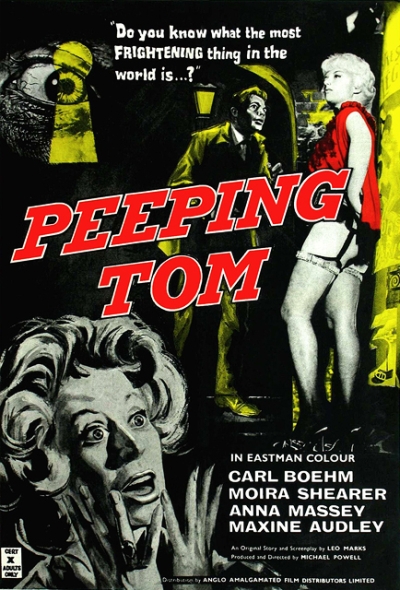Somarta: Machine-Made Fineries

We’ve been going through the Coilhouse Readership Survey responses. They’ve made us laugh, think, and feel incredibly grateful. We’ll be tabulating the results over the weekend, and posting our findings (and maybe even a few choice quotes) early next week.
Some of you made requests in the comments, ranging from “can we have a mailing list to notify us when a new issue has been released?” to “more porn.” Just so you know, we’re all reading every single comment. This particular post is dedicated to the lone responder who requested more fashion. It’s true, with a handful of blogs now doing an incredible job of covering dark/bizarre/futuristic fashion and indie designers (Twisted Lamb, Haute Macabre, Dirty Flaws being my Top 3 faves), we’ve eased up on the fashion coverage here quite a bit. Your comment made me realize that I miss uncovering new designers, so I present you with Japanese label Somarta, the brainchild of designer Tamae Hirokawa. Hirokawa is known for her use of machine-made lace, a common thread through many Somarta collections. “Making full use of advanced Japanese textile technology,” wrote the Japan Times of a recent collection, “Somarta presented designs of which some were made with the aid of specially created knitwear computer programs and devices. Squinting past the blinding crystals, it was possible to pick out exquisite ’20s-inspired black- and nude-lace dresses.”

Some of Somarta’s designs, such as the ones above, can be found in Somarta’s online shop or another store called nuan+. If you have Japanese friends who could help you out with site navigation/shipping, Somarta’s tights can be yours for about $179, and the top for about $200. Pricey, but beautiful. The look for less would definitely be these cute $12.50 “Aristocrat Lolita” tights on Ebay. More favorite images from Somarta, after the jump!













